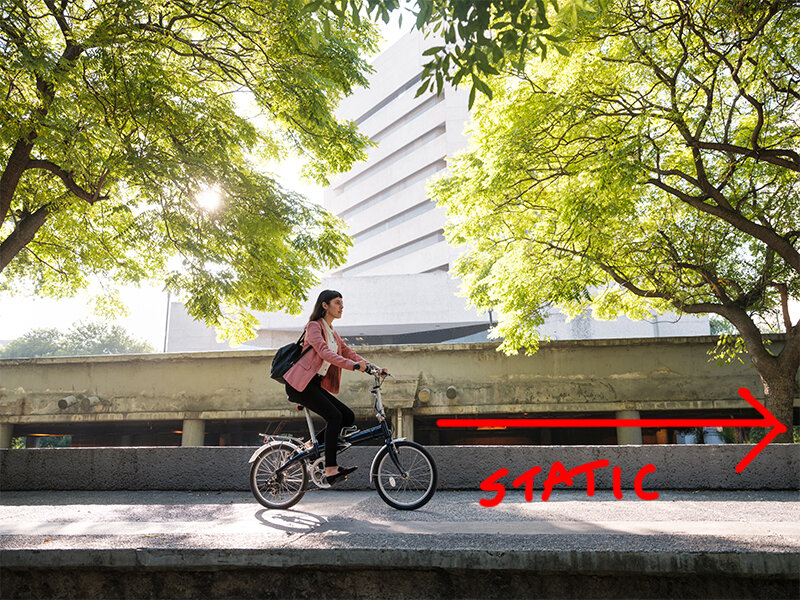Implied lines and their role in photographic composition
Photographers use lines to guide their viewer around the frame and to add a subtle layer of interest to their photographs. Implied lines are just as important as actual lines.
What are implied lines?
Any line that is not shown with a literal line is an implied line:
sight lines
direction of travel
“join the dots”
Sight lines
If something with eyes is in the frame then the viewer will unconsciously follow their gaze. The “something” doesn’t even have to be alive; this works with a teddy bear or even a cloud that looks like a face. As the viewer you look where the person in the frame is looking.
As the photographer if you position a person at the edge of the frame looking out this can be uncomfortable for the viewer. What is this woman looking at?
It would be a more comfortable composition to have space for the gaze to travel into the centre of the frame.
You can use implied sight lines to create triangles and diagonals in an image for a more dynamic composition. Conversely if your implied sight lines are all very parallel then you create more of a static image.
(Apologies for the stock imagery - I didn’t have time to set up the photos to illustrate this.)
If you have multiple people in the frame all looking at different things then it can start to get very busy.
Note how much of a connection you have with the man looking straight into the camera. That’s a posing technique rather than having to do with implied lines, but it’s good to remember.
Direction of travel
If something is photographed in motion there is often an implied line that continues along the direction of travel. Be aware of this line and use it to add/reduce tension in your image. Parallel or straight lines tend to make a static image. Diagonal or curved lines tend to increase tension and interest, making an image more dynamic.
“Join the dots”
This is the unconscious habit humans have of mentally drawing lines between things that are close together or that repeat. Just try and stop yourself doing it - it’s almost impossible:
Free online camera course
Emma’s flagship beginner’s course, A Year With My Camera, is free by email for one year. Join here and get started today:









